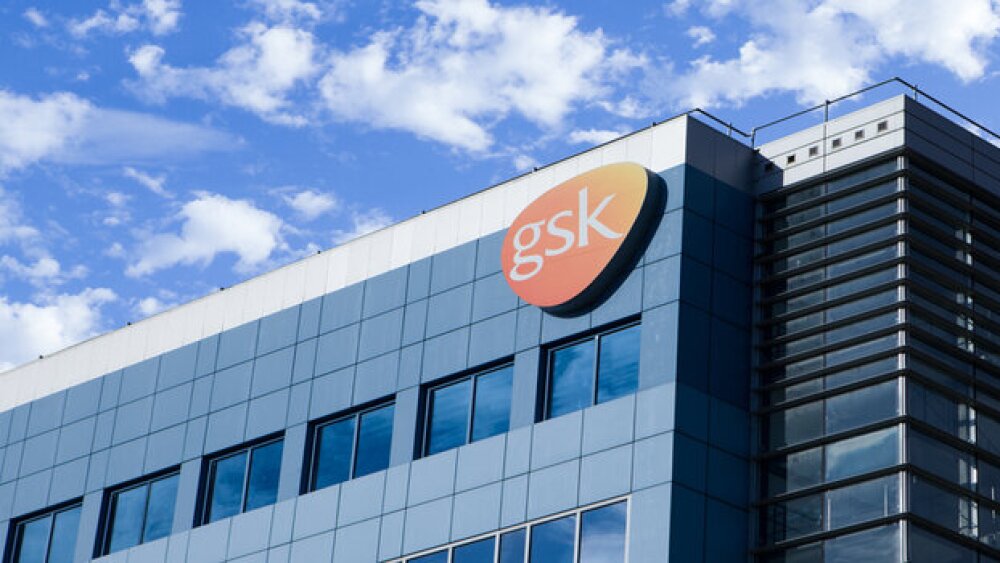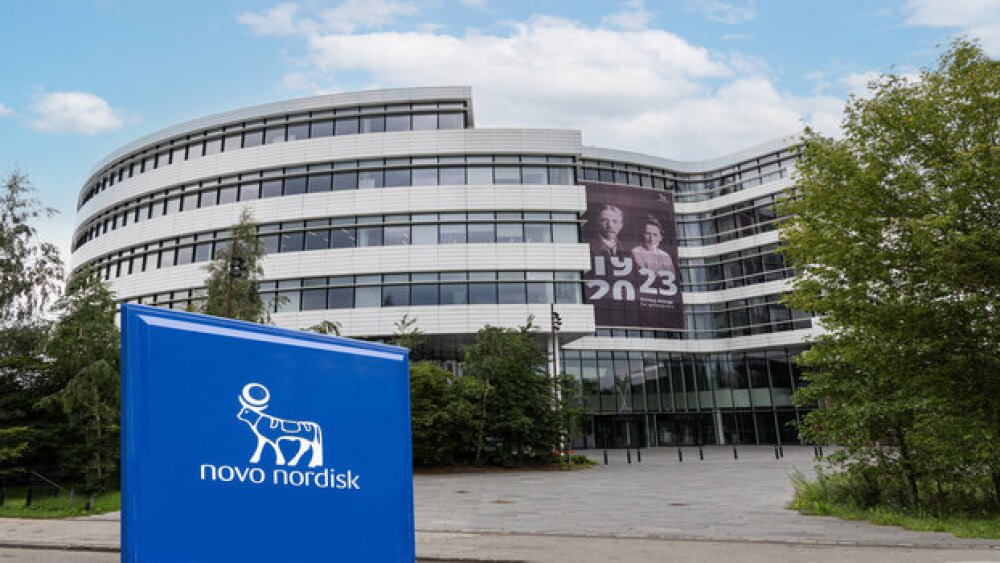After overcoming a clinical hold, Astellas presented preliminary safety and efficacy data from the Phase I/II FORTIS trial of AT845 in late-onset Pompe disease at the 19th Annual WORLDSymposium 2023.
Richard Wilson, Astellas/courtesy of Astellas
After overcoming a clinical hold, Astellas presented preliminary safety and efficacy data from the Phase I/II FORTIS trial of AT845 in late-onset Pompe disease (LOPD) at the 19th Annual WORLDSymposium 2023.
Today, a diagnosis of Pompe disease ties people to twice-monthly infusions of enzyme replacement therapy (ERT). Astellas is trying to change that with AT845, a gene therapy that would serve as a one-time treatment for patients with LOPD.
As of September 15, 2022, four participants were treated with a one-time intravenous infusion of AT845. Two patients received 3x1013 vg/kg dose, while two were dosed at 6x1013 vg/kg.
At the data cut-off, three of the four participants were free of those ties to ERT. These individuals have shown continued stability in functional endpoints, including forced vital capacity and the 6-minute walk test, while off ERT for 19, 44 and 51 weeks, respectively.
One participant, the first in the low-dose cohort, was unable to come off ERT.
Ahead of Wednesday’s presentation, Richard Wilson, senior vice president, primary focus lead – genetic regulation at Astellas, highlighted patient-reported fatigue outcomes as a critical data point.
“We’re really excited to see improvements in the…fatigue score, which is a really good quality of life measure,” he told BioSpace.
Astellas has conducted a safety follow-up of up to 72 weeks in the staggered trial.
Pompe disease, also known as glycogen storage disease type II, is an autosomal recessive metabolic disorder that causes damage to muscle and nerve cells throughout the body. It is caused by mutations in the GAA gene; its job is to provide instructions for making acid alpha-glucosidase (GAA). This enzyme is responsible for breaking down glycogen.
Glycogen is used for short-term energy storage and fuels much of the energy that powers muscle movements.
AT845 is an experimental adeno-associated virus (AAV) gene replacement therapy designed to deliver a functional copy of the GAA gene directly into the muscle cells of adult patients.
Wilson said it is a fundamentally different way of delivering therapy in LOPD.
“We’re delivering a gene to a patient’s muscles where they’re going to produce the enzyme that’s needed in situ, whereas in ERT, you’re doing an IV infusion [and] relying on the diffusion of that enzyme to get into the muscle cells to see its benefit.”
In a separate interview, Ha Tran, M.D., executive medical director, Astellas, added that ERT could, over time, lead to some loss of efficacy and potentially immunogenic events.
Up and Running
The FDA placed the FORTIS study on clinical hold in June 2022 after one participant presented with peripheral sensory neuropathy. The hold was lifted in January 2023 after Astellas satisfied the regulator’s benefit-risk threshold, Ha said.
Next, the company intends to enroll an additional two participants in the study to gain a greater understanding of the safety and early efficacy signals.
Ha said safety is top-of-mind.
“We’re really tightening up the inclusion criteria to ensure that any patients who are at risk for peripheral neuropathy would be excluded.”
Wilson added that Astellas is “not seeing any signals of anything that looks out of the ordinary with any other kind of AAV gene therapy.”






